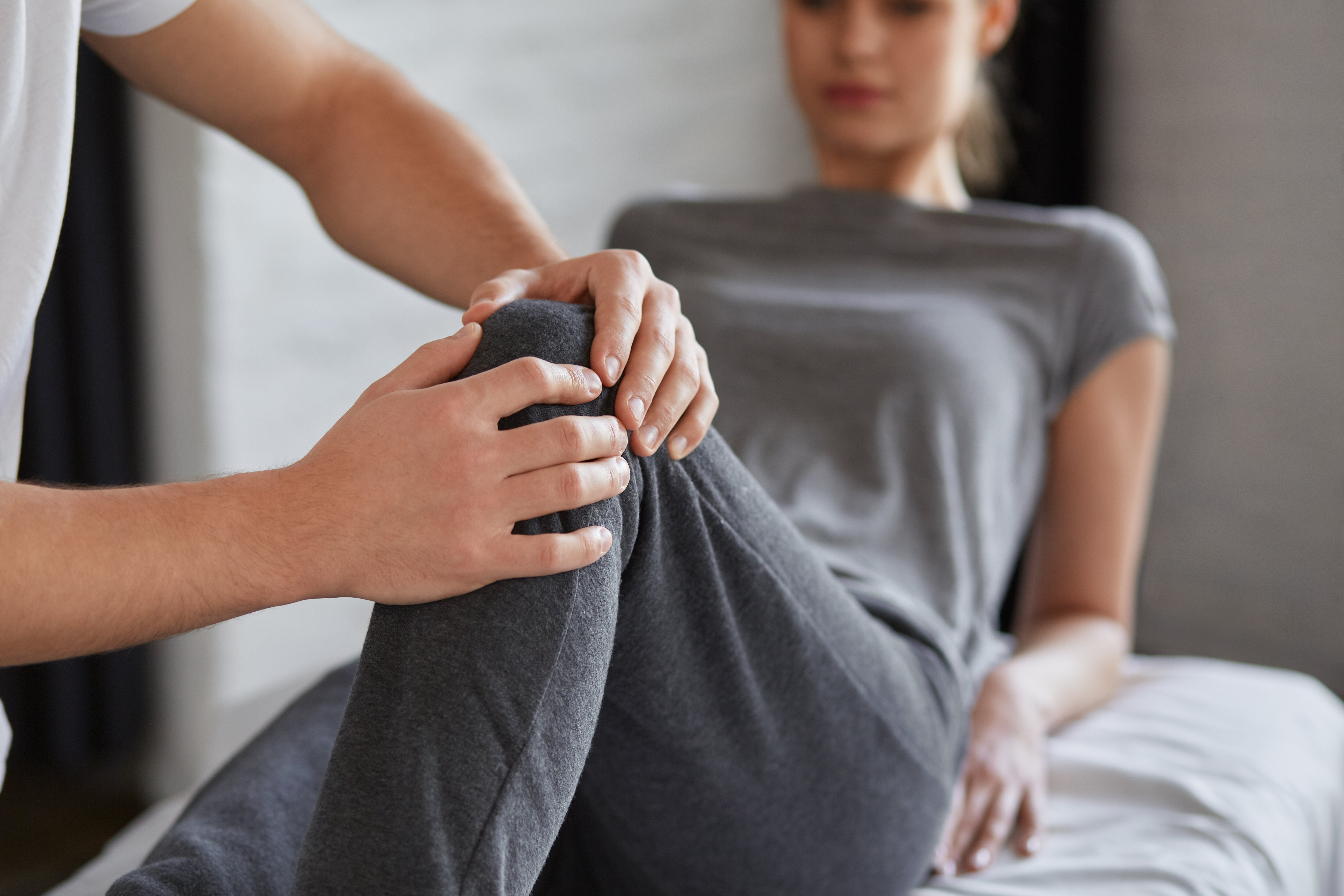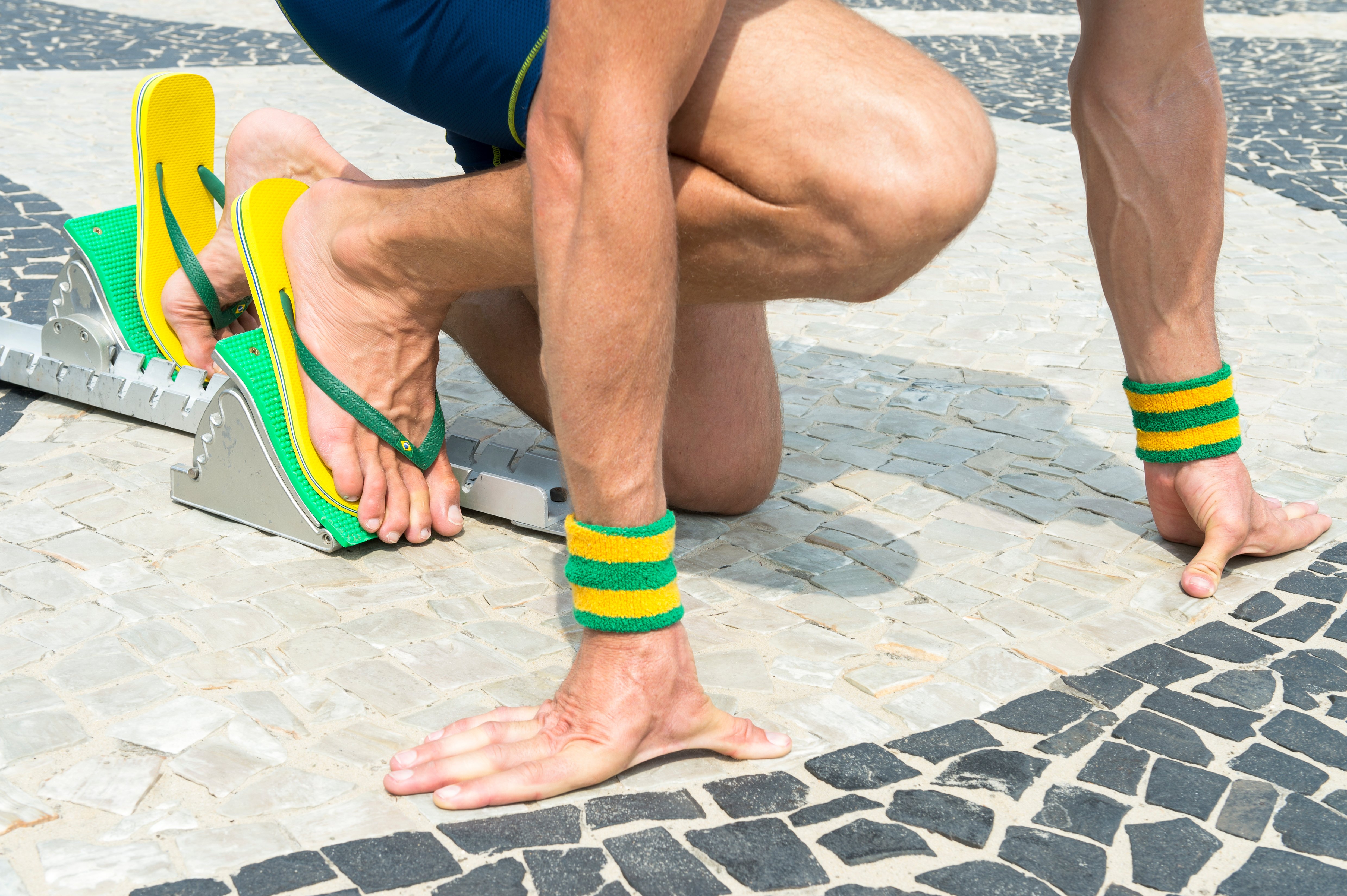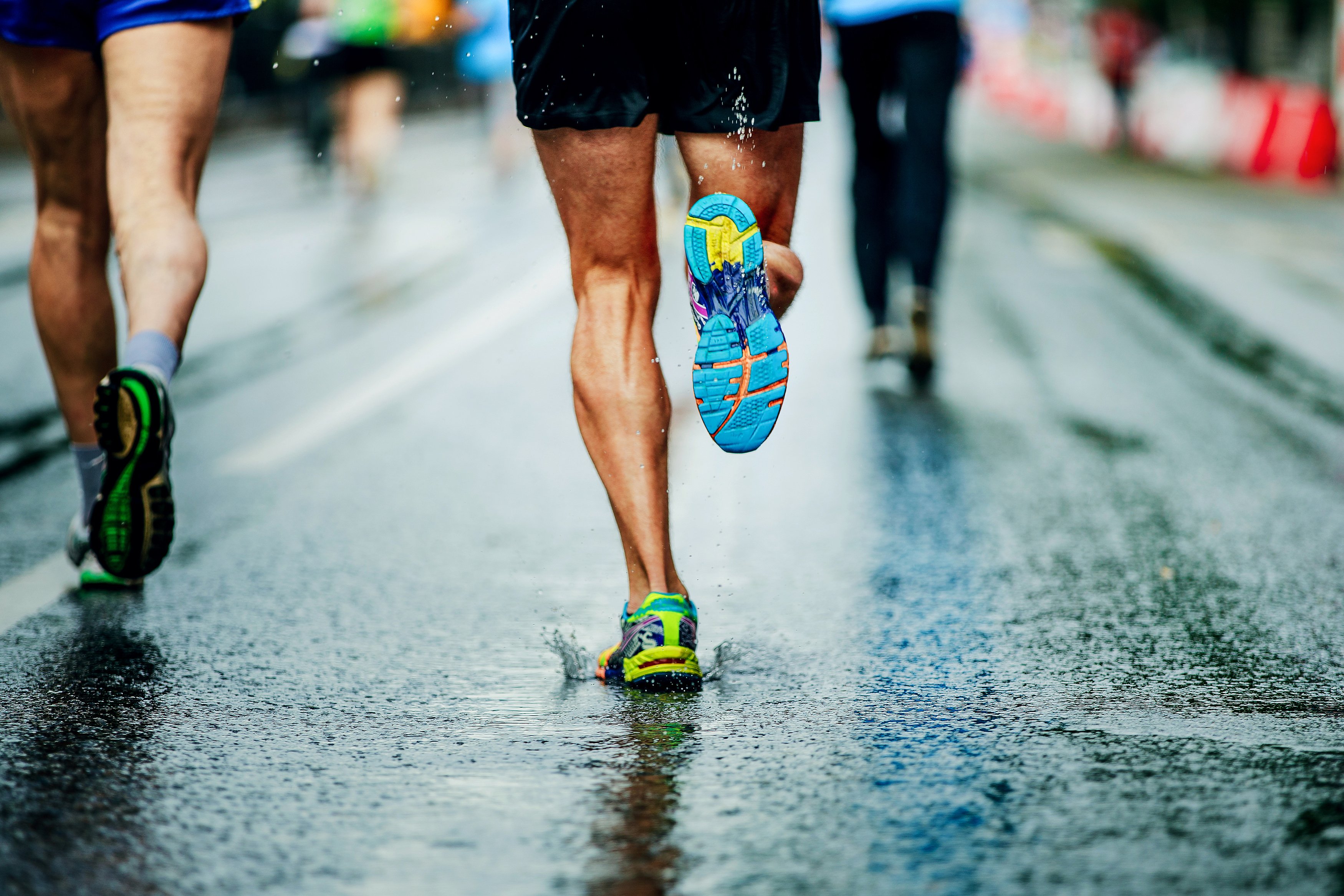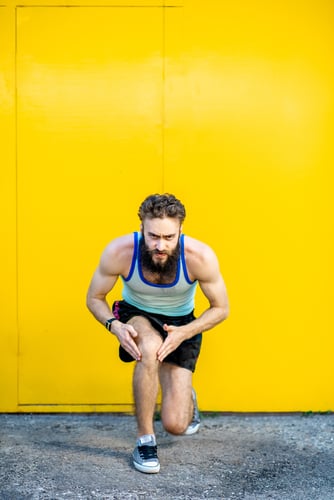9 Ways to Keep Knee Pain From Slowing You Down

9 Ways to Keep Knee Pain From Slowing You Down
 Knee pain is a common issue for athletes of all levels. It can slow you down and keep you from performing at your best. However, there are several ways to help minimize knee pain and keep you moving. In this post, we will discuss seven strategies that can help you stay on top of your game. Keep reading to learn more!
Knee pain is a common issue for athletes of all levels. It can slow you down and keep you from performing at your best. However, there are several ways to help minimize knee pain and keep you moving. In this post, we will discuss seven strategies that can help you stay on top of your game. Keep reading to learn more!
 Make sure you're getting enough exercise.
Make sure you're getting enough exercise.
When you're inactive, your muscles weaken and your joints don't move as well. Exercise helps keep your muscles strong and your joints flexible. There's no need to go overboard with exercise - just a moderate amount of activity will do. But if you're inactive, your muscles will weaken and your joints won't move as well. Exercise helps keep your muscles strong and your joints flexible. And that's important, because knee pain can make it difficult to exercise. If you're having trouble getting started, talk to your doctor or a physiotherapist. They can help you develop a safe exercise program that's right for you.
If the shoe fits...
Wear shoes that fit well and support your feet. Avoid high heels, flip-flops, shoes that don't fit properly, or any shoe that is worn out. Anyone who has ever tried to run in ill-fitting shoes can attest to the importance of properly fitting footwear. Not only are shoes that don't fit uncomfortable, but they can also lead to a host of problems, including blisters, bunions, and even shin splints. In addition, poorly fitting shoes can throw off your biomechanics and increase your risk of injury. So whether you're running a marathon or just running errands, be sure to choose shoes that fit well. Your feet will thank you for it!
Stand Up Straight Soldier!
Let's face it: poor posture is a pain in the neck...and the knees. When you run, your body is subjected to a tremendous amount of force. If your posture is poor, that force is not evenly distributed and can cause pain in your knees. That's why good running form is so important. A physiotherapist can help you identify and correct any biomechanical imbalances that may be causing knee pain. In addition, they can teach you how to maintain good running form, even when you're tired or running at faster speeds. So if you're experiencing knee pain, be sure to see a physiotherapist for help. They may just be able to put you on the road to recovery.
Get the blood pumping!
There's nothing like a good run to get the blood flowing and the muscles loosened up. But before you lace up your shoes and hit the pavement, you might want to consider a few minutes of light activation exercises first. Studies have shown that running without properly warming up can lead to injuries, knee pain and other problems. So take a few minutes and start slow, building your pace as you go. You'll be glad you did when your knees are thanking you later. Physiotherapy helps maintain good biomechanics while running thus preventing injuries.
Limber Up!
If you're like most people, you probably don't spend a lot of time thinking about your biomechanics. But the truth is, how your body moves plays a big role in your overall health and well-being. That's why it's important to stretch after you exercise. When your muscles are warm, they're more flexible and less likely to cause pain. Static stretching is the best way to stretch after you've exercised. Hold each stretch for at least 30 seconds. And if you're running, be sure to add some light running drills to your post-run stretching routine. These exercises will help improve your running form and prevent injuries. Finally, if you're ever experience pain or injury, don't hesitate to seek professional help from a physiotherapist or other healthcare provider. They can assess your biomechanics and provide specific exercises and stretches to help improve your movement pattern and reduce pain.
Rest Up Baby!
When it comes to exercise, there's no such thing as a one-size-fits-all approach. Some people can run marathons with no ill effects, while others find that even a short jog can cause joint pain. The key is to find an activity that suits your body, and to listen to your body when it tells you to take a break. If your knees are giving you trouble, it might be time to take a break from running and try something else. Swimming or cycling are low-impact activities that can still give you a good workout without putting too much stress on your joints. Alternatively, you could try some physiotherapy exercises designed to improve the biomechanics of your running technique. Whatever you do, don't push yourself too hard – rest when you need to in order to stay injury-free.
These hips don't lie!
For anyone who's taken up running as a form of exercise, you're probably no stranger to the occasional aches and pains. One of the most common complaints among runners is knee pain, which can be caused by a number of factors, including weak hip muscles. The hip abductor muscles are responsible for keeping the legs stable, and when they're weak, it puts extra stress on the knees. Strengthening your hip abductors can help to prevent knee pain and improve your running biomechanics. While you can do some exercises at home, it's always best to consult with a physiotherapist to make sure you're doing them correctly and not exacerbating any existing injuries.
My quads are on FIRE!
If you're a runner, then you know that strong quadriceps are essential for pain-free running. But what exactly are quadriceps and why are they so important?
Your quadriceps are a group of four muscles that attach to your kneecap (patella). These muscles help to stabilize your knee joint and ensure that your patella tracks properly in the groove of your knee. When these muscles are weak, it can lead to biomechanical problems and eventually pain. That's why strengthening your quads is so important for runners.
There are many different exercises that can help to strengthen your quadriceps, but one of the most effective is physiotherapy. This type of therapy helps to improve the function of your muscles, joints and tendons, leading to better overall performance. If you're looking to strengthen your quads and improve your running, then physiotherapy may be right for you.
Take it in stride
Running is a great way to get exercise, but if you're not careful, it can also be a great way to get injured. One of the biggest dangers to runners is knee injuries, which can often be caused by the force of your foot striking the ground. However, there is a simple way to reduce this force and decrease your risk of injury: increase your stride length. By lengthening your stride, you'll distribute the force over a greater area, resulting in less pressure on your knees. Of course, you don't want to take too big of strides, or you'll end up running inefficiently. But a little extra length can go a long way in protecting your knees. So if you're looking to keep running for the long haul, start lengthening your stride today.
We're your pit crew!
So, if you’re looking for a way to keep your muscles and joints healthy, we suggest getting up and moving. But before you go out and buy the newest sneakers or sign up for that marathon, make sure you know how to do it correctly. We don’t want you ending up like this guy. If you have any aches or pains, contact our team of physiotherapists who will help get you back on track in no time – without the pain.